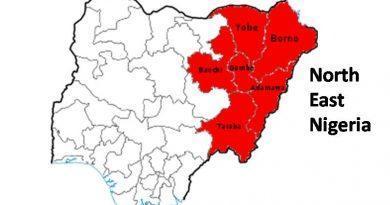Nigeria’s Unemployment rate rises to 5.0% in Q3 2023
The Q3 labor force survey, released by the National Bureau of Statistics (NBS), indicates that the unemployment rate in Q3 2023 has risen to 5.0 percent. This represents an increase of 0.8 percent points from the previous quarter, where the rate stood at 4.2 percent. This rise aligns with the United Nations’ global predictions on unemployment, as it gradually approaches the predicted rate of 5.7 percent for low-income countries.
Furthermore, youth unemployment has also experienced an increase, with a rise of 1.4 percentage points from 7.2 percent in Q2 2023 to 8.6 percent in Q3 2023. This highlights the vulnerability of young people to unemployment compared to other age groups.
When examining the data by area, urban and rural unemployment rates were recorded at 6.0 percent and 4.0 percent, respectively. The overall increase in unemployment rates, both for the general population and the youth, can be attributed to factors such as slow economic growth, inadequate job creation, a mismatch between graduates’ skills and job requirements, and policy uncertainty resulting from changes in government.
It is crucial to recognize the severe consequences of growing unemployment rates, including heightened poverty levels, increased crime rates, social unrest, and added pressure on limited social welfare programs. To address Nigeria’s unemployment issue, a key solution lies in investing in infrastructure, particularly in the power sector, to support business expansion and subsequently create more job opportunities.
Additionally, the government should collaborate with large corporations to establish backward and forward linkages within their product lines, thereby creating markets for Small and Medium Enterprises (SMEs). Incentives can be provided to these larger firms to empower SMEs in clusters, enabling them to meet the minimum requirements of the larger companies. As economic activities expand through these measures, more jobs will be generated, leading to a reduction in the unemployment rate.




